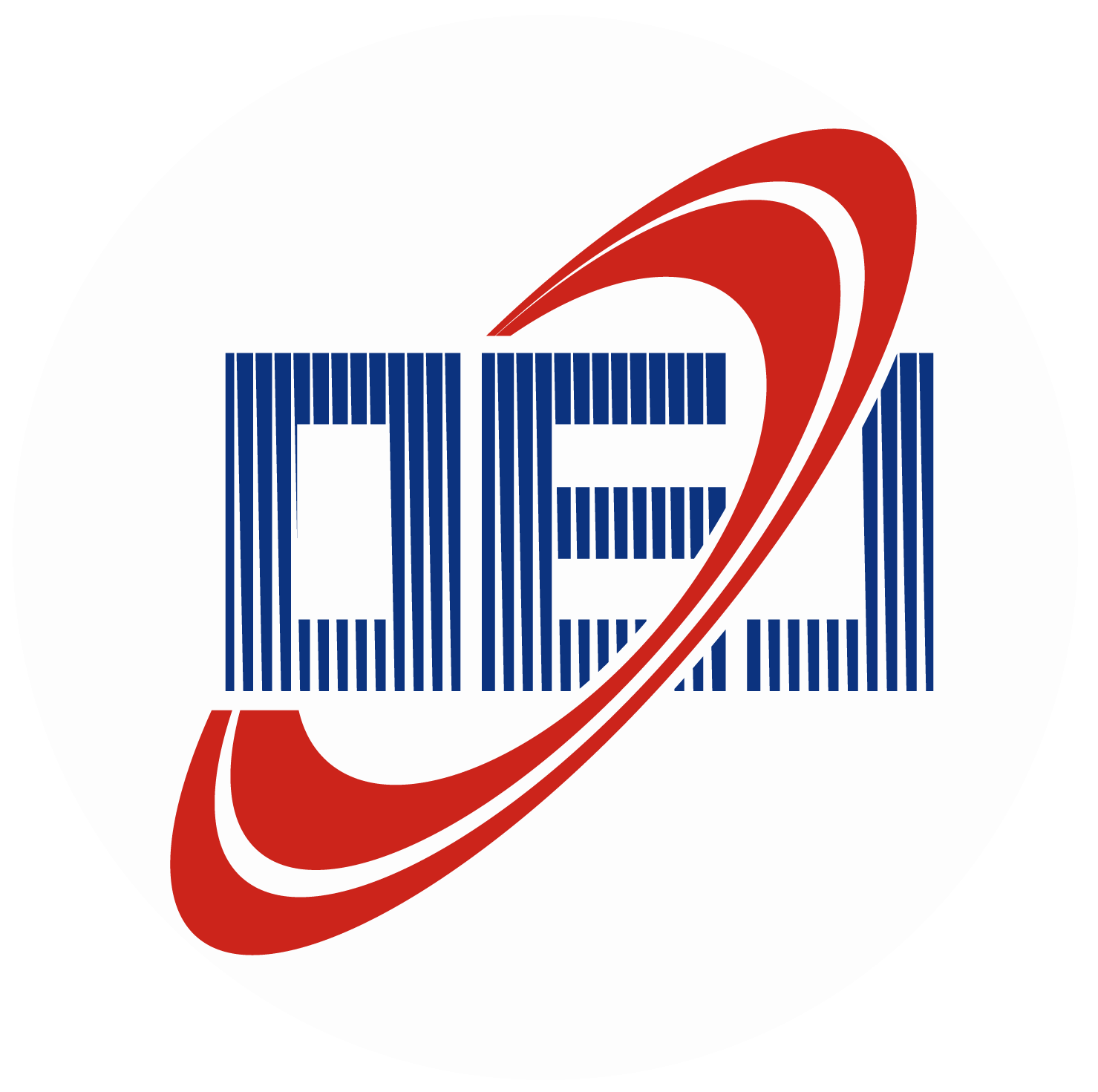-
Abstract
Combined pulsed laser (CPL), introduced in 1975 for target damage, integrates different lasers to achieve high peak power and pulse energy. However, despite decades of research, CPL remains unused for long-range target damage due to the challenge of maintaining high peak power density over long distances. We note that a potential solution lies in leveraging the air filament generated by femtosecond laser, which can transmit peak power densities higher than 1014 W/cm2 under the power clamping effect. To address this, a concept of a femtosecond laser induced air filament-CW CPL for surface damage of ceramics was introduced. We found no surface changes in ceramic targets when irradiated with a CW laser alone. By way of contrast, the target can be penetrated in a very short time (20 ms) with the assistance of the femtosecond laser induced air filament. In this context, we employ high-speed shadow imaging, cross-timescale simulation models and macro-microscopic characterization, to elucidate the CPL damage mechanism. The optimal CPL, combining a 1 mJ femtosecond laser and a 500 W CW laser, yields a damage rate of 1.51×107 μm3/J, representing an improvement of approximately 175% compared to single femtosecond laser ablation and around 59% enhancement compared to coating-assisted CW laser ablation. Furthermore, the efficacy of the proposed femtosecond-CW CPL method is demonstrated in causing penetration damage of ceramic/metal composite material or direct damage of sapphire, showcasing its versatility in damaging applications. Consequently, the femtosecond-CW CPL ablation method presented in this paper holds great promise as a new type of damage method for transparent hard and brittle materials. -

New website getting online, testing


 E-mail Alert
E-mail Alert RSS
RSS


